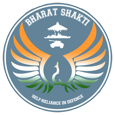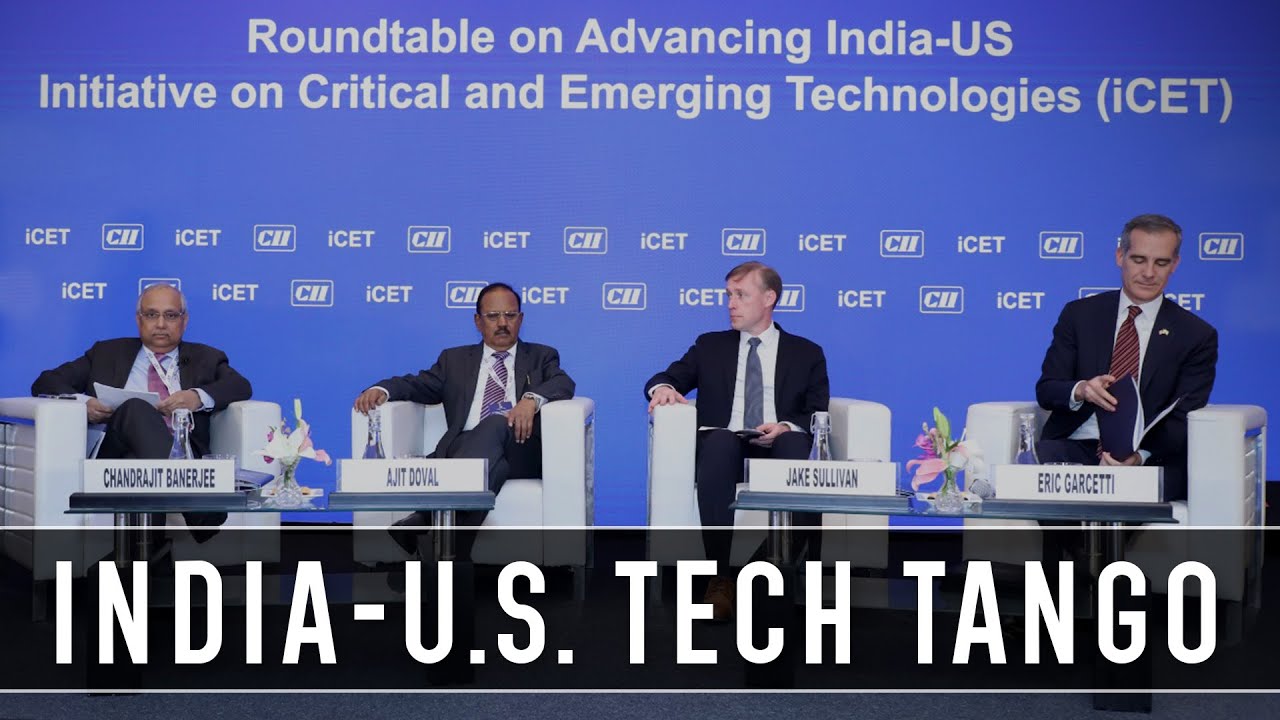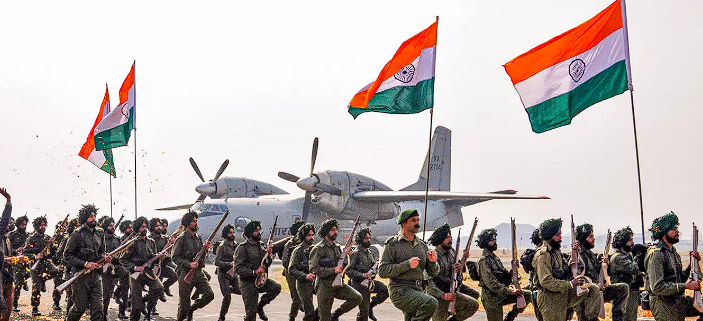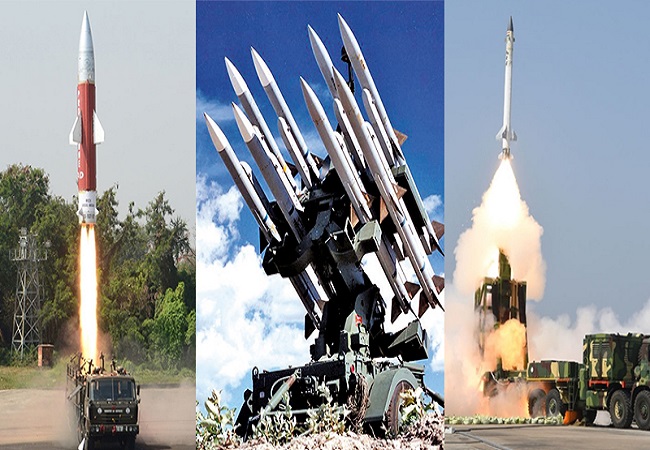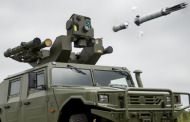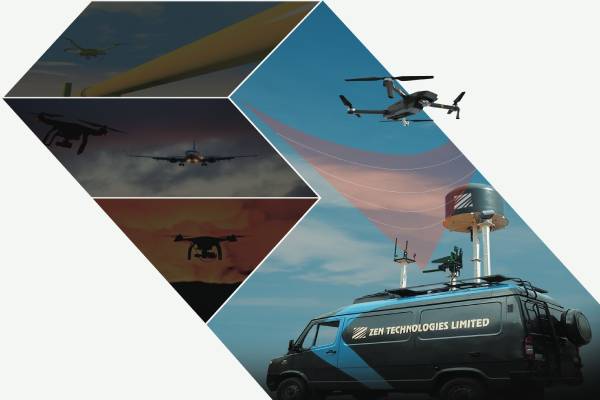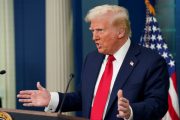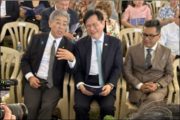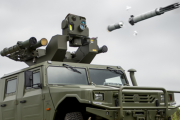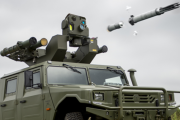Recently, India and the US took another step forward to improve their relationship in the field of critical and emerging technologies when the national security advisors of the two countries met in New Delhi. Before the bilateral meeting, Jake Sullivan, the NSA of the US, had participated in a roundtable with the industry and other stakeholders to determine the future roadmap for this initiative, which was first unveiled by President Joe Biden and Prime Minister Modi in 2022. However, it took off in January this year when India’s National Security Advisor, Ajit Doval, went to Washington with a high-level delegation and developed a joint program called US-India Initiative on Critical and Emerging Technologies (iCET).
The meeting was the second follow-up post the interaction they had at the track two level organized by the Confederation of Indian Industries (CII). It was followed by a track 1.5 event with serving officials on both sides, including the two NSAs, the ambassador of the United States to India, and some of the key members of the teams on both sides interacted with the industry and noted down their opinion, advice and inputs on how to take this initiative forward.
The scope of the agreement includes six or seven critical fields in which India and the United States want to cooperate, much more deeply than ever before. Furthermore, that includes space, defence, quantum computing, advanced Materials, 5G, and 6G in telecom, and semiconductors, evolving biotech.
What are the recommendations of the industry? The takeaway points came up in the breakout sessions before the interaction with the NSAs and top officials. Some of these things stipulate what industries on both sides want from their governments. As the NSA, Doval, said in his brief speech, “When this initiative began in January, he was not very confident about how far this would go or how quickly this could be implemented. He said he was excited about it but was not confident about how quickly it could take off. However, he mentioned that now he is confident not just because the governments are taking the initiative but also because the industry and academia are on board for this initiative. Therefore, what are the recommendations? Consider the space sector, for instance; the recommendation was that one regulation ease on the United States side.”
“What is it? …. The Strategic Trade Authorization, which bars or restricts export of critical technologies to other countries, needs to be eased so that Indian companies can collaborate with their U.S. counterparts.” That was one of the first recommendations. The industry also voiced that the U.S. and India will develop a joint satellite mission to co-develop core technologies and create a white list for technology transfer between the two nations.
More importantly, academic collaboration in the space sector was talked about, and bilateral investment opportunities for US companies and vice versa in defence were discussed, signing of a security supply agreement, security of supply agreement and including India in the qualifying countries list under the Défense Federal Acquisition Regulation Supplement or DFA orders was discussed and has been recommended.
Facilitation of joint intellectual property development is one of the key stumbling blocks in how defence cooperation between India and the US can develop further. Moreover, if this can be implemented, all of this can be facilitated where joint intellectual property between entities on both sides is developed. It will be beneficial to both sides with a bilateral business facilitation mechanism to co-design and co-develop critical and emerging technologies was also recommended by the group, which had met before the main event in Advance Materials, which is again not a very focused area.
So far, the two sides have recommended a mechanism to fund joint programs where the project teams are based in India, and the US should be developed for additive manufacturing, access to power manufacturing and not ISO. ISO static pressing technologies were also discussed, particularly from medical implants perspective. And then, the recommendation was to facilitate or speed up the ease of doing business by simplifying export control guidance, guidelines, and the manufacturing licensing agreements and joint technology development agreements.
In the advanced material, the opportunity areas for collaboration include energy storage, development of materials, fibres and Hydrogen production and storage was also recommended in telecom. India has made some good progress, and some of the startups from the Indian side said how they are cooperating with the Department of Defense in the US and are now joining hands with prime suppliers’ audiences in the United States.
Reference was made to how India and the US should give preference to manufacturing, developing innovation corridors for joint research and chip innovation. Create an industry-government forum for action. The recommendations that have been given also included 5G and 6G in the supply chain, cyber security technology access, and semiconductors, which will be a key area of cooperation and a strategic need for both sides.
It was recommended that centralize or decentralize, instead, supply chains to create an alternative ecosystem for de-risking. Currently, most of the chips and semiconductors fabrication happens in Taiwan, which has nearly 70% market, followed by Japan and South Korea. Moreover, therefore, the US wants India also to be on that bandwagon.
It is a long journey ahead. Both have decided that there should be a talent corridor between the US and India, and facilitation of exchange programs between the two sides and deep collaboration and tech innovation in the semiconductor industry was recommended in space. I have already spoken about Biotech. Given that pandemic set back every country in the world during those two years, Biotech has become an important, critical sector strategically.
It was recommended that capacity building be harmonised in disease surveillance areas, and it must be done immediately. Benchmarking of regulatory service delivery and information exchange of centres of excellence in various cutting-edge scientific discoveries was also discussed between the two sides when they met separately in a breakout session.
Prime Minister Modi is going to be in the US next week. It is an important visit with President Joe Biden hosting him for a state dinner. The Prime Minister will also address a joint session of the Senate and Congress there and, of course, meet industry leaders who will be asking for whatever they need to deepen the cooperation.
This meeting in Delhi on 13 June was the precursor for what is coming and the agreements that will be signed. Defence deals are also on the cards, but people have yet to speak. It was more about how iCET, the initiative on the critical and emerging technologies, should be taken forward because, ultimately, these technologies will benefit the people on both sides and make India a modern, technologically innovative and technologically empowered nation going forward.
The US is willing to help India on that, wherever possible, was the message from the US Ambassador to India, which has the backing of the White House in the total capacity of whatever power the White House has; this has now been taken forward.
(The article is an edited transcript of Nitin Gokhale’s talk on Critical, Emerging Technologies: What India, U.S. Industry Leaders Want of 15 June for https://stratnewsglobal.com/:
YouTube Link:
Team BharatShakti

